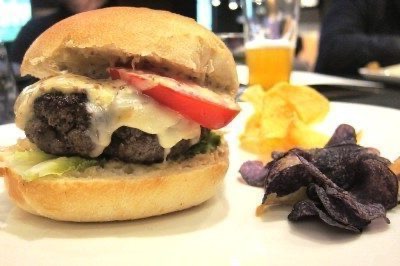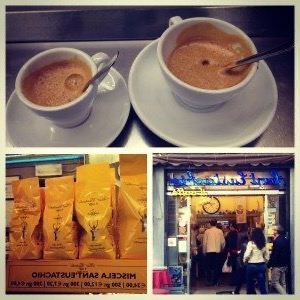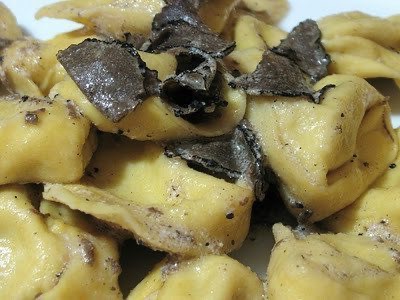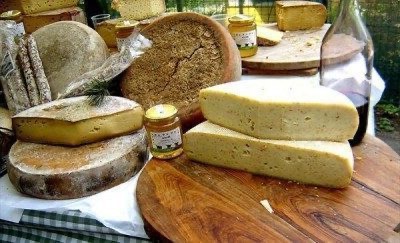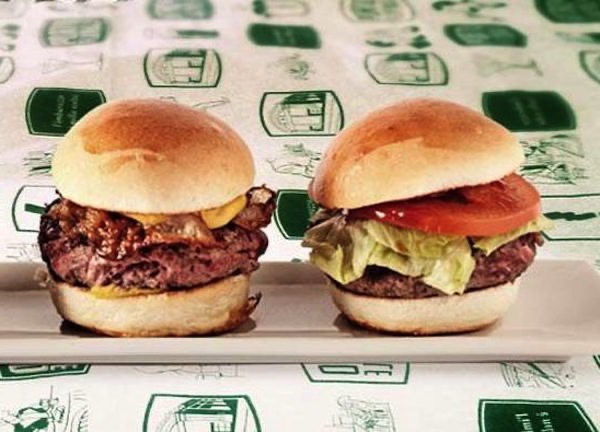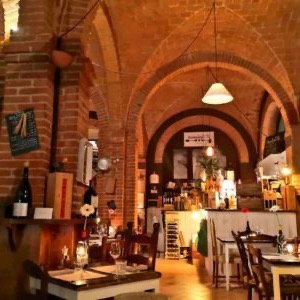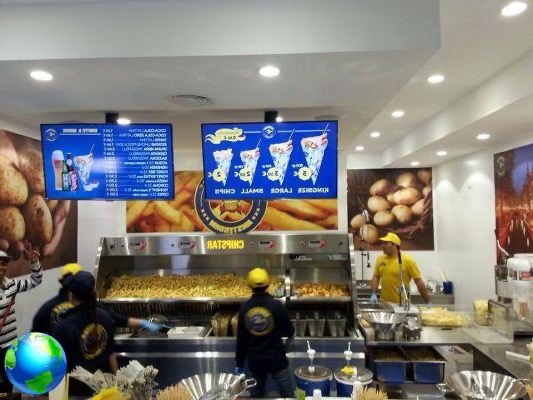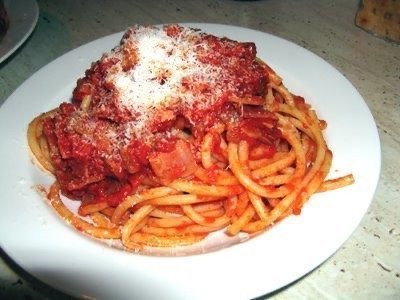Milan is home to the largest Japanese community in Italy, the choice of Japanese culinary specialties in the city is really rich, get ready to taste very different flavors from the usual sushi: in the post, 5 typical proposals.
Tired of the usual sushi? Japanese cuisine is much more! And where to taste original and authentic dishes if not in the largest metropolis of northern Italy? In the post, we propose you 5 typical Japanese dishes to try in Milan.
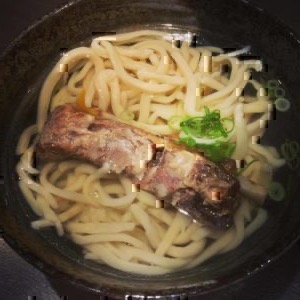
Typical Japanese dishes in Milan
In addition to the famous Chinese community, Milan also hosts the largest Japanese community in Italy. It is therefore not surprising that there are so many Japanese culinary choices in the city. Each authentic restaurant offers superlative and particular dishes, so much so that a Turinese like me, ready to jump on the first available train, to delight the palate!
1. Handmade Udon from Satokina
(Via Montebello 14)
Udon are spaghetti made of wheat flour, often tubular in shape, with a soft and pleasantly chewy texture. They are very versatile: you can enjoy them both cold and hot, in broth or grilled, with multiple ingredients as a side dish. Being a food widely used in Japanese cuisine, you can find them more or less in any Japanese restaurant. But… where to taste special ones? Satokina is the place for you. Handmade, soft, light and tasty, Satokina udons are exceptional, they will melt in your mouth!
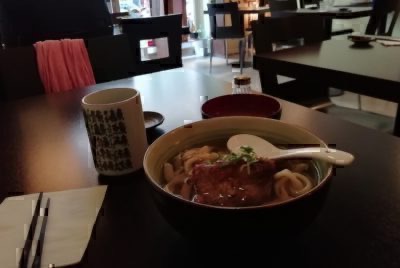
Among the various choices, I opted for the udon in meat broth. The broth, simple but flavorful, was the perfect accompaniment. A little onion and three small ribs enriched the dish: the meat came off perfectly from the bone. A real treat!
2. Unadon of Yamamoto Gastronomy
(Via Amedei 5)
Il donburi it is a typical Japanese dish consisting of a bed of rice on which to place different ingredients. There are several versions: thea-don (unagi donburi) is one of them.
"Unagi" means "eel". In Japan, the preparation of eel for una-don varies according to the region where it is enjoyed. Generally, the eel is grilled and then covered with a sweet sauce made from mirin, sake and soy sauce.
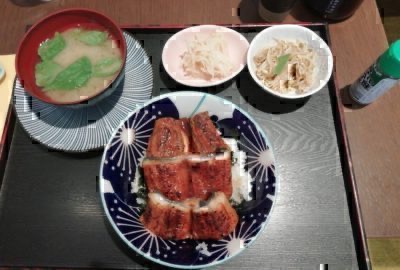
Gastronomy Yamamoto offers one teishoku version (the Japanese-style menu): una-don accompanied by miso soup and tsukemono (Japanese pickles). Sweetness, softness and the perfect combination of taste between "glazed" eel and rice make this dish truly special. The friendly staff will also offer you the addition of a sprinkling of Japanese Sansho pepper, with a citrus taste, which will further enrich the flavor.
I admit that I never thought I'd appreciate this dish so much, but if like me you belong to that category of people to whom eel makes "a little sense", a lunch at Gastronomia Yamamoto will certainly make you change your mind!
3. Nabemon by Tomoyoshi Endo
(Via Vittor Pisani 13)
Nabemono is a typical style of Japanese cuisine. An electric stove is placed on the table, used to heat a pot (the “nabe”) usually containing dashi broth. The diners have at their disposal various raw ingredients (vegetables, meat, fish, depending on the type of nabe), which they can take with the special chopsticks and boil in the broth. Once cooked, you can serve it, dipping the dishes in some sauces, to taste.
It was quite difficult to find a restaurant that offered this type of dish, which I was super curious to taste. Then, a light in the dark: Tomoyoshi Endo.
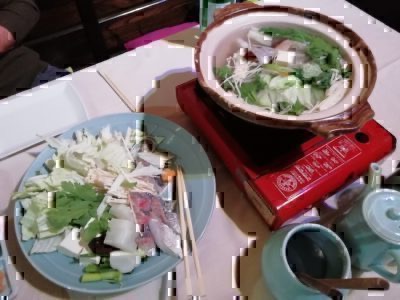
Tomoyoshi Endo has a rich menu including multiple types of nabe, sukiyaki and shabu shabu.
We have opted for the chirinabe version, which has mixed vegetable and fish ingredients.
The nice owner and all the staff will help you in this not easy business. First of all, adjust the stove so that the broth is at the right temperature (it shouldn't boil!). You will be provided with all the necessary tools: extra broth to add as the one in the nabe runs out, colander, ladle and chopsticks for cooking the ingredients and the accompanying sauce. Vegetables and fish, when cooked in a neutral broth, keep their flavor almost unchanged. The sauce apart (soy-like) gave a touch of flavor to the whole even if, personally, I appreciated more the full flavor of the ingredients as they were, natural. An alternative evening.
4. Wagyu meat from Yazawa
(Via San Fermo 1)
With the term "wagyu"Identify themselves different Japanese cattle breeds, very valuable, reared and fed so that the meat is “marbled”, that is, thin layers of fat are formed in the muscle masses, similar to marble veins. These and other characteristics give the meat a completely different flavor and texture from other cattle, but the difficulty and attention devoted to making this type of product make the price rise.
After tasting it, a world opened up to me, and I think the price is appropriate for the quality. So, where to taste the real Japanese wagyu? Yazawa is the answer.
At first glance it would seem a normal restaurant: soft lighting, elegant atmosphere, a grill with hood in the center of the table, but just take a look at the dishes on the next table to realize you have entered heaven! The menu is rich: at lunch the formulas in teishoku dominate it, while at dinner you can find more cuts to enjoy on the grill. You can opt for a dish of wagyu only or with other ingredients. In any case, the beef will be the protagonist.
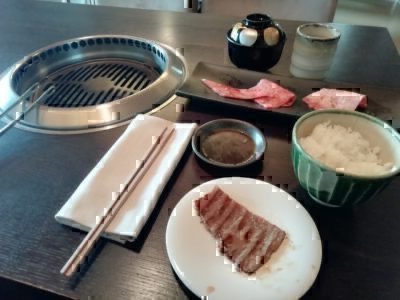
For more choice, I opted for one mixed grill: very thin strips of meat of different cuts. The dining room staff will turn on the grill for you and show you the correct order and cooking time to enjoy each piece to the fullest. You can accompany it all with a bowl of white rice and / or with miso soup.
If like me you are true meat lovers, you can only love wagyu. It releases an incomparable taste and the softness of the meat is such that it melts in the mouth. I can't find any other words to describe it: superlative.
5. Chirashizushi of Poporoya
(Via Eustachi 17)
Chirashi is a dish that basically uses all the ingredients of the sushi but presented differently: a bowl of rice seasoned with vinegar covered with cuts of raw fish of all kinds. A simple but really rich dish.
And Poporoya is the local to be the master. I chose the "tridon"(Salmon, tuna and sea bass). Enriched on the inside with more fish and avocado, this dish is a bomb (in every sense!). Creamy and with a strong flavor, which one would not expect from a dish of such simplicity, what is most surprising is the quality of the fish. Really the top! Don't be fooled by the portion: it may seem completely regular, even small, but try to raise the bowl: its weight will make you change your mind!
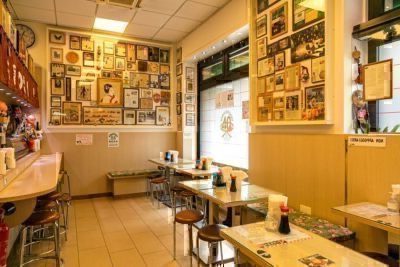
Special: Tako Karaage from Poporoya
A space was dedicated to this special Japanese agemon: the tako karaage.
In my wandering around restaurants, I have often come across the fried version of chicken (the tori karaage), but Poporoya offered me this alternative. What can I say ... incredible! You know the Italian-style fried fish cuoppi? Well. Take that crunchiness that only Japanese frying can give, add quality octopus, a sprinkle of spicy, and here is the very tasty tako kaarage! Try it!







